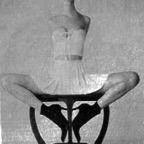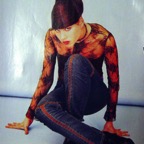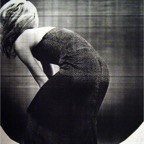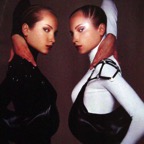Contorted
Background: Women are also objectified in advertising in numerous respects in which their bodies are contorted. As is common to forms of objectification, the control of the woman’s body is complete. Directors of advertising shoots decide how bodies will be presented on the ads, and in some cases, the result is a pose that is uncomfortable. Clearly, one might argue that the use of contortion is to achieve visual interest. The viewer is more likely to look at ads like the ones portrayed below if they contain visually arresting poses and situations. But the more important question always is: what is the effect of the overall visual complex created by gendered advertising? For example, if ads like these, or others like those of women portrayed in visually subordinate ways, come to dominate some part of our gendered reality (whether they did do by direct or indirect means), how does the "real world" (the non-advertising world in which we live) respond? When our visual association of women as contorted beings overlaps with our social and political perceptions of women that is one of the greatest concerns. The Ads: Consider any of the following ads (1, 2, 3, 4, 5, 6) and ask if the way in which the women's bodies are positioned seems comfortable? Resources: Goffman's classic Gender Advertisements has some of the most useful information related to the specific poses of women in ads (1979). Discussion Questions: (1) As you look over each of the ads below, do you believe that any of them symbolically represent women in the "real world?" Why or why not? (2) How do you respond to arguments that contorted images of women are justifiable because they are meant to be visually stimulating to sell a product? (3) Do the visual depictions of women affect our social, sexual, political or other relations in the world? Please discuss some examples.











